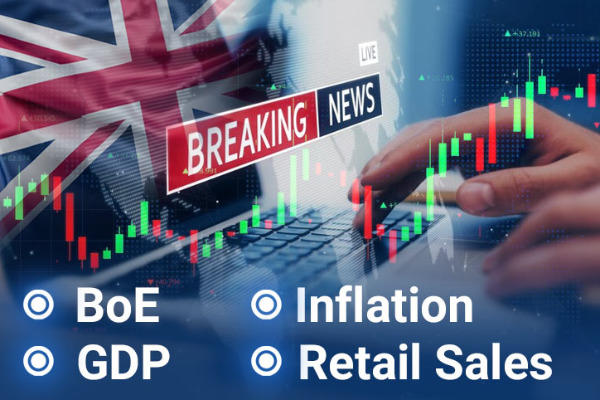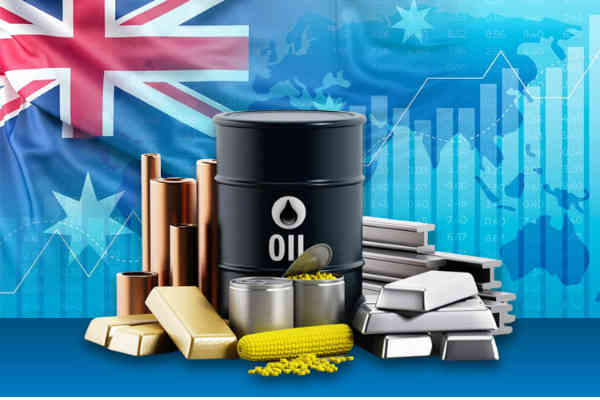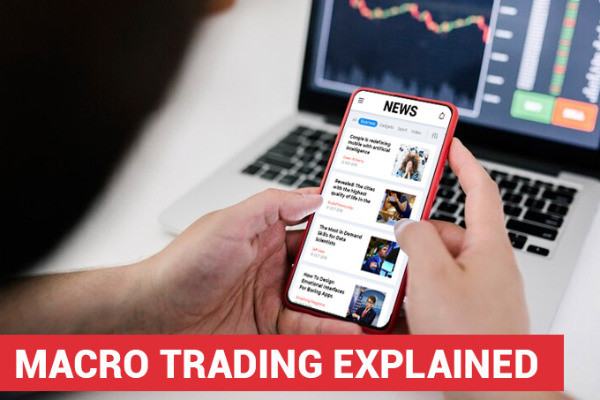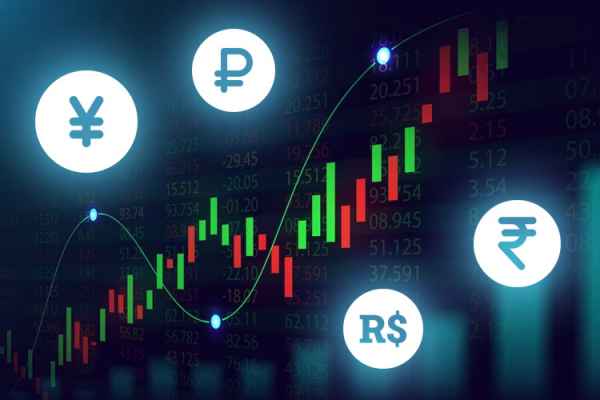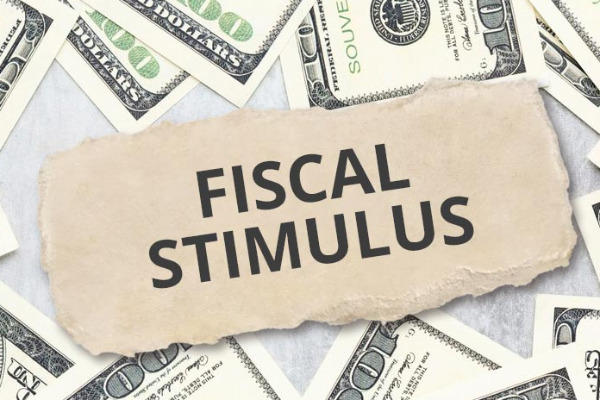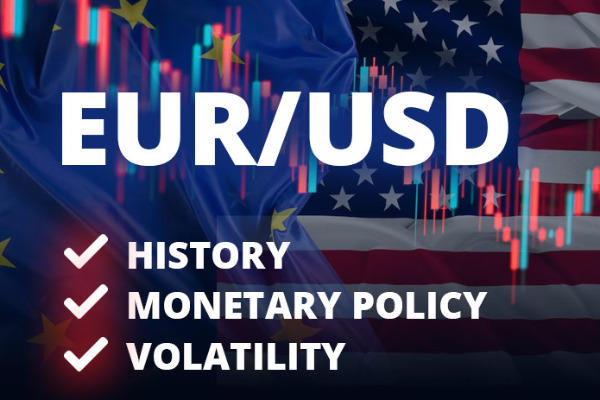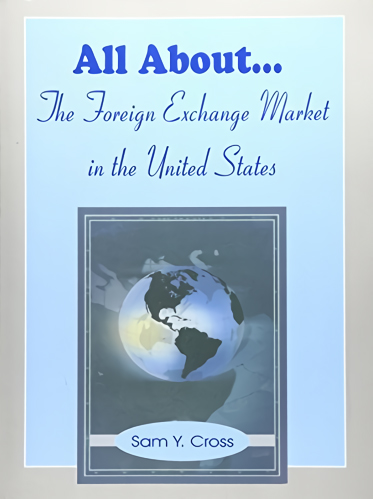Hawkish and dovish are phrases used to describe whether central banks are more likely to loosen (dovish) or tighten (hawkish) their monetary policy.
You've probably read headlines like "Dollar has every chance of strengthening this year given tailwinds provided by a hawkish central bank" or "EUR/USD falls amid dovish ECB decision." Hawkish and dovish are phrases used to describe whether central banks are more likely to loosen (dovish) or tighten (hawkish) their monetary policy.
The terms are part of important macroeconomic knowledge for traders, because monetary policy may influence currency exchange rates, stock market performance, bond yields, and more. Read further to learn everything traders should know about hawkish and dovish central bankers.

Monetary Hawks
The phrase "hawkish" refers to monetary policy that aims to restrain inflationary pressures and slow future economic growth by reducing the level of money supply. Hawkish central bankers may talk about tightening monetary policy by raising interest rates or shrinking the central bank's balance sheet.
Since tighter monetary policy may cause slower economic growth and inflation rate, a hawkish stance usually means the central bank is optimistic about the current economy's prospects and expects inflation to rise in the near future. Here are some common terms among monetary hawks:
- Interest rate hikes
- Balance sheet reduction
- Quantitative Tightening
- Rising inflation
- Full-employment
- Strong GDP growth
Tight monetary policy may lower the level of money supply. As such, hawkish central banks tend to drive their currency exchange rates higher than other currencies with lower rates and economic assessment.
Monetary Doves
Dovish is the polar opposite of hawkish. It refers to monetary policy that aims to stimulate inflation and economic growth by increasing the level of money supply. Dovish central bankers may talk about loosening monetary policy by lowering interest rates or boosting the central bank's balance sheet.
When the central bank is concerned about deflationary threats and slowing economic growth, it takes a dovish stance. The following are some examples of terms that are typically mentioned by monetary doves:
- Interest rate cuts
- Bond buying
- Quantitative Easing
- Lower inflation
- Rising unemployment
- Slow GDP growth
Loose monetary policy may increase the level of money supply. Consequently, dovish central banks tend to bring about weaker currency exchange rates.
Hawks and Doves Influence on the FX Market
Central banks generally aim to control inflation rates within a certain target band, as well as improve job market conditions so as to be as close as possible to full employment. Therefore, their stance may change from time to time depending on the latest economic data assessment.
When economic data pushes central bankers to switch from dovish to hawkish or vice versa, currencies tend to move the most. For example, if a central banker was recently dovish, suggesting that the economy still needs support, and then declared in a subsequent speech that inflation pressures are mounting and employment is rising, the currency could strengthen significantly.
Most importantly, the most noteworthy movements are not the result of interest rate and balance sheet announcements themselves. Hawkish and dovish policies influence currency rates through a method known as "forward guidance" by central bankers. This involves policymakers attempting to be as clear as feasible in their market statements on the direction of monetary policy. This is why top central bankers' speeches become key observation points for traders.

 Dedicated FREE FOREX VPS
Dedicated FREE FOREX VPS Free FOREX Virtual Private Server
Free FOREX Virtual Private Server MT4 Demo Contest, Get $500
MT4 Demo Contest, Get $500 Sign Up for an Account, Claim 60% Deposit Bonus
Sign Up for an Account, Claim 60% Deposit Bonus Free MT4/MT5 VPS 2024
Free MT4/MT5 VPS 2024 Send E-mail and Get Free Merchandise
Send E-mail and Get Free Merchandise $1K Refer a Friend Bonus for Pepperstone Pro clients
$1K Refer a Friend Bonus for Pepperstone Pro clients Maximize Your Earnings with 100% Deposit bonus
Maximize Your Earnings with 100% Deposit bonus Trade to Win, $5,000 Monthly Demo Contest
Trade to Win, $5,000 Monthly Demo Contest Claim 30% + 15% Deposit Bonus from LiteFinance
Claim 30% + 15% Deposit Bonus from LiteFinance
